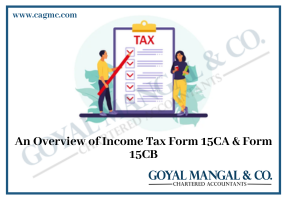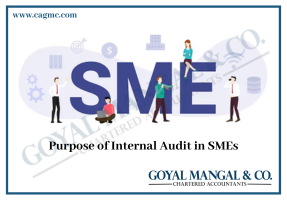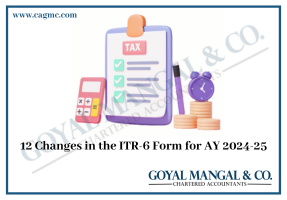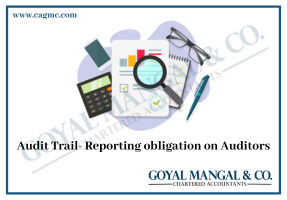| Content
Examples of agricultural income |
Agricultural income means the revenue earned from farming or agricultural land, building on agricultural land and any commercial product obtained from horticulture land. It may be received in cash or kind. According to section 2(1A) of the Income Tax Act, 1961,

- It may be rent derived from land situated in India and used for agricultural purpose.
- It may be income derived from such land by
- Agricultural or,
- The performance of a process ordinarily employed by the cultivator or receiver of rent in kind to render the produce fit to be taken to the market or
- The sale of such agricultural produce in the market.
- Any income earned from saplings or seedlings grown in a nursery
- Agricultural income may be derived from any farm building required for agricultural operations.
Examples of agricultural income
- Income earned from the sale of replanted trees.
- The rent received from agricultural land.
- Revenue received from the sale of seeds.
- Income from growing creepers/ flowers.
- Profits generated by a partner from a firm or company engaged in agricultural production or activities.
- Therefore, interest earned by a partner from a firm or company, by investing capital in agricultural operations.
Tax on agricultural income
I know many of you have heard that the agricultural income is exempt, but that’s not the entire truth my dear reader. As per the provision laid down under section 10(1) of the income tax act the agricultural income is exempt from taxation but it is included for calculating the total tax liability if the below conditions are met:
- Net agricultural income exceeds Rs. 5000/- for the previous financial year.
- Total income, excluding the net agricultural income, exceeds the basic exemption limit.
The steps of computation are
Step 1: Add the agricultural income to the total non-agricultural income.
Step 2: Add the net agricultural income and the maximum exemption limit available to the assessee. Compute tax on the aggregate amount.
Step 3: Subtract the amount of step 2 from step 1.
Step 4: The sum so arrived at shall be increased by surcharge, if applicable. It would be reduced by the rebate, if any, available u/s 87A.
Step 5: Thereafter, it would be increased by health and education cess @4%.
Benefit under section 54B
In case of transfer of agricultural land
Eligible assessee: Individual or HUF
Conditions
- There should be a transfer of urban agricultural land.
- Such land must have been used for agricultural purposes by the assessee, being an individual or his parent, or a HUF in the 2 years immediately preceding the date of transfer.
- He should purchase another agricultural land (urban or rural) within 2 years from the date of transfer.
- If the investment is not made before the date of filing of return of income, then the capital gain must be deposited under the CGAS. Amount utilised by the assessee for the purchase of new asset and the amount deposited shall be deemed to be the cost of new asset.
Quantum of exemption
- If cost of new agricultural land ≥ capital gains, then entire capital gain is exempt.
- If cost of new agricultural land < capital gains, capital gains to the extent of cost of new agricultural land is exempt.







